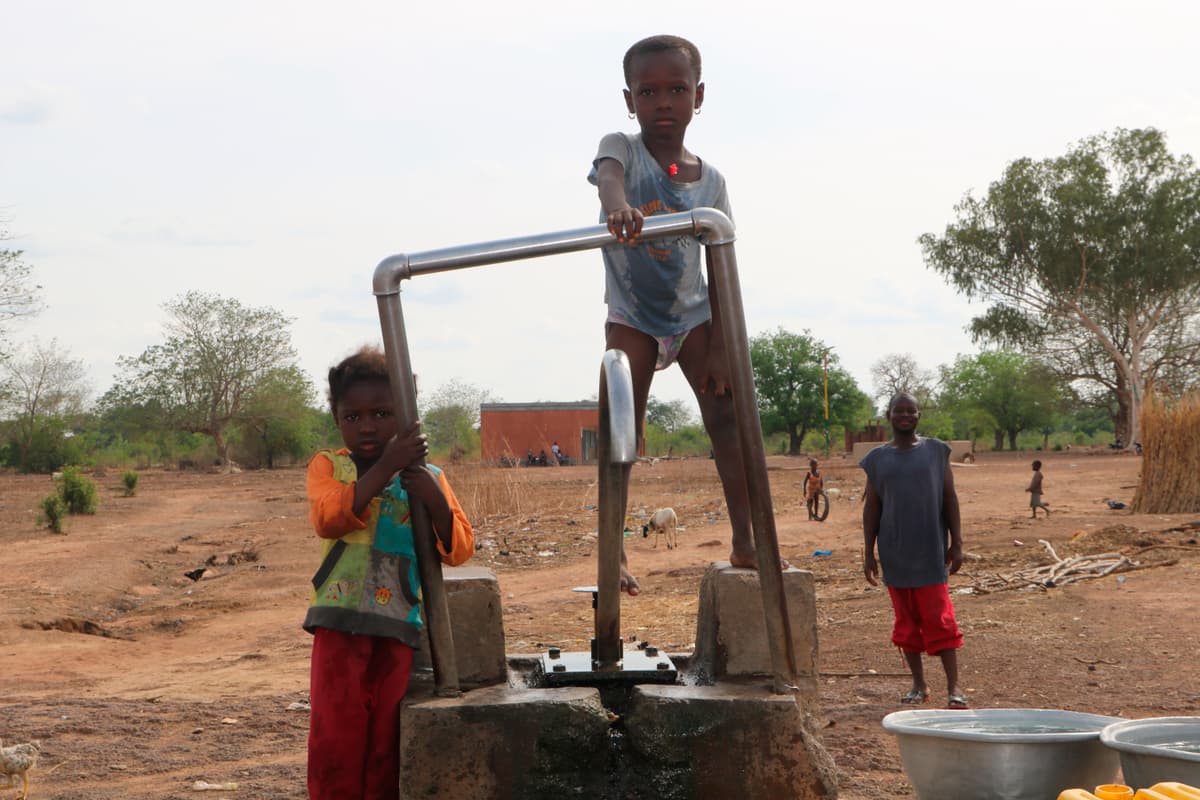Deadliest Al Qaeda Attack You’ve Never Heard of: 600 Civilians Dead in Burkina Faso Fails To Make Global Headlines
Militants opened fire, leaving mounds of bodies strewn along trenches and others faced down in the dirt as they attempted to flee.

In an attack that may rank as one of the deadliest in Africa in recent years, up to 600 civilians were slaughtered in August in broad daylight by Al Qaeda-linked militants in Burkina Faso, according to a French government security report and confirmed to The New York Sun by a representative of the Norwegian Refugee Council.
Please check your email.
A verification code has been sent to
Didn't get a code? Click to resend.
To continue reading, please select:
Enter your email to read for FREE
Get 1 FREE article
Join the Sun for a PENNY A DAY
$0.01/day for 60 days
Cancel anytime
100% ad free experience
Unlimited article and commenting access
Full annual dues ($120) billed after 60 days

